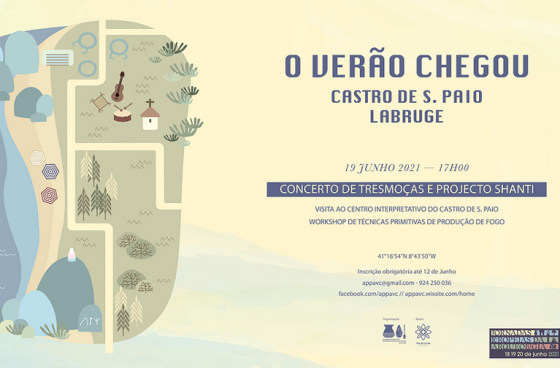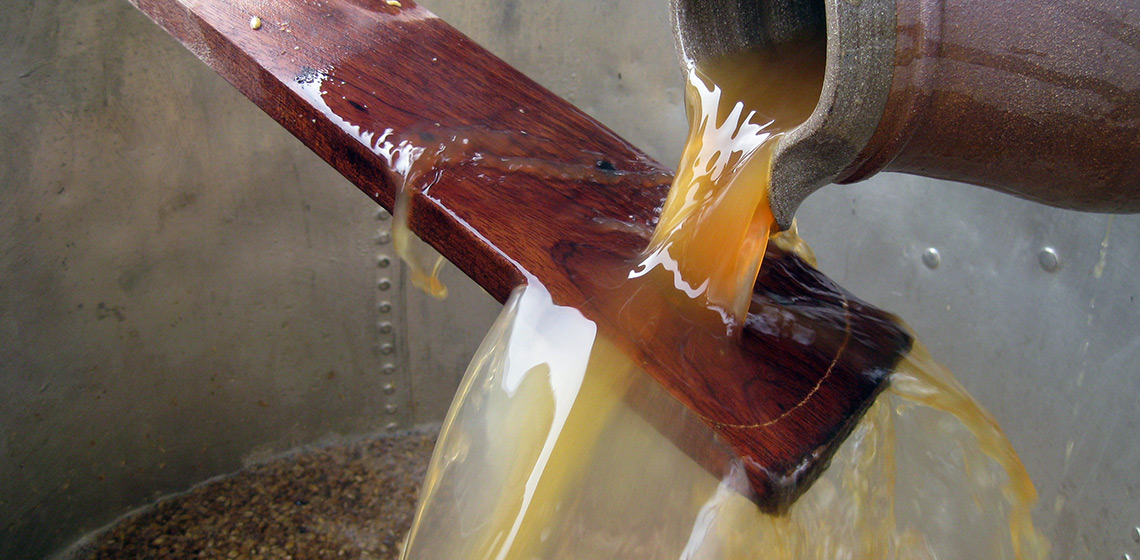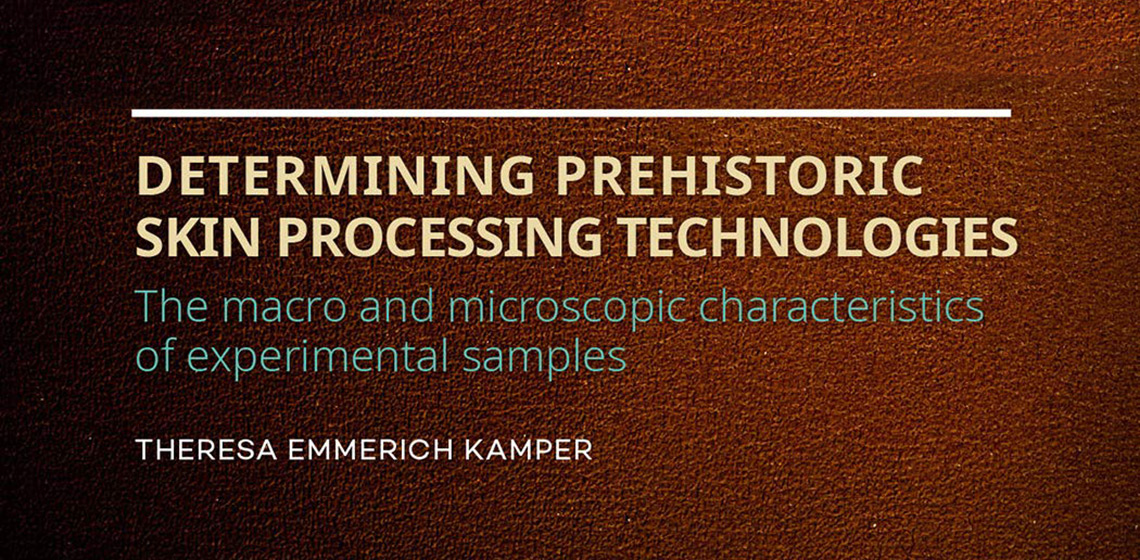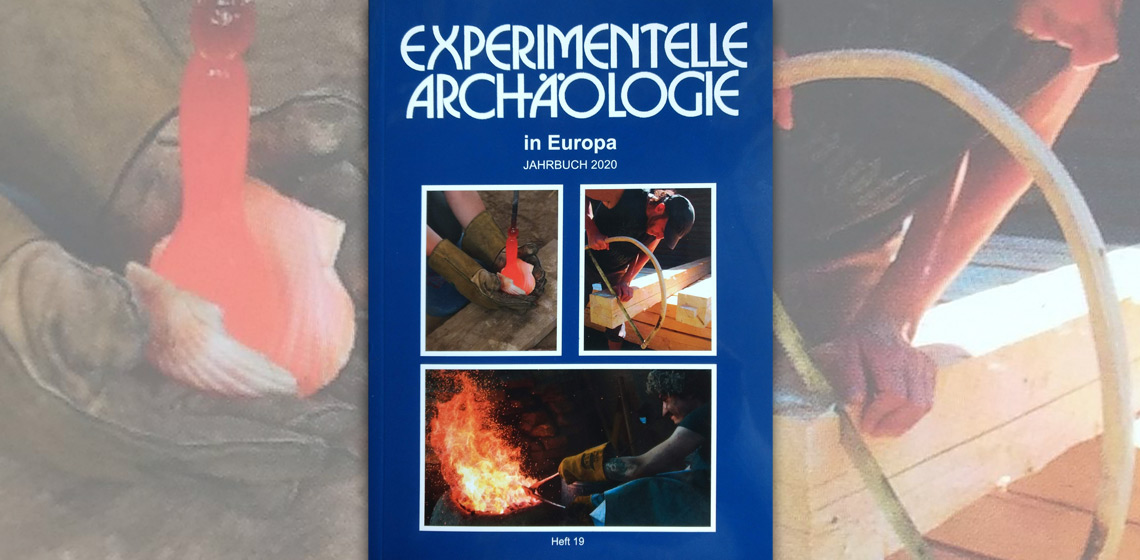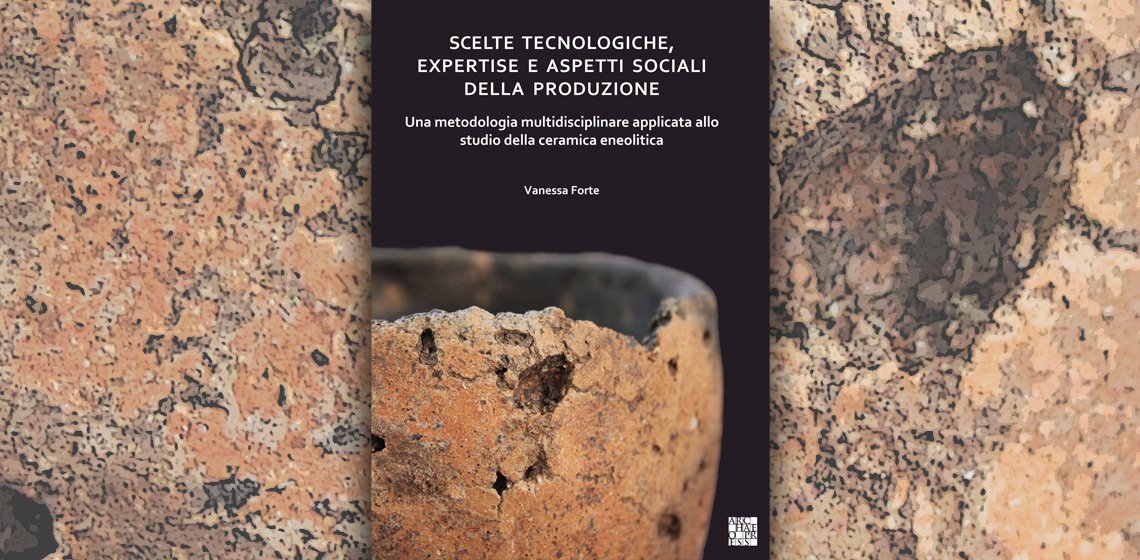Chalcolithic
South West Bushcraft & Outdoor Show
Country
- United Kingdom
2021 sees the first South West Bushcraft & Outdoor Show!
Promoting traditional crafts, primitive skills and bushcraft. Journey back in time by visiting our Anglo Saxon woodland farmstead, where you can witness and try your hand at an array of different traditional skills and crafts to understand how our ancestor's lived off the land.
EAD22 at Parco Archeologico Didattico del Livelet
Country
- Italy
___Saturday June 18th
The Many Faces of Experimental Archaeology
Country
- Austria
Experimental archaeology combines scientific research methodology with traditional craftsmanship, public relations and community building. Matilda Siebrecht (PhD Student at the University of Groningen and host of the podcast series 'The EXARC Show') and Franz Pieler discuss the opportunities of experimental archaeology as a research approach.
The Ancient Magic of Malt: Making Malt Sugars and Ale from Grain Using Traditional Techniques
Book Review: Determining Prehistoric Skin Processing Technologies by Theresa Emmerich Kamper
Let's experience Protohistory: Interdisciplinary dialogues
Country
- France
Thematic Day 2021 of Apera (Association Pour l'Expérimentration et la Recherche Archéologique) - student association attached to the University of Paris 1 Panthéon-Sorbonne.
Book Review: Experimentelle Archäologie in Europa, Jahrbuch 2020
***The 19th issue of the periodical includes 19 essays over 231 pages which present the contributions of the EXAR conference held in 2019. The annual report (Jahresbericht, p.225) and the instructions for authors (Autorenrichtlinien, p.229) of Experimentelle Archäologie in Europa can be found at the end...
Book Review: Scelte Tecnologiche, Expertise e Aspetti Sociali della Produzione. Una Metodologia Multidisciplinare Applicata allo Studio della Ceramica Eneolitica by Vanessa Forte
Pottery Chat
Country
- the Netherlands
Following the Potter’s Wheel Conference in November, we will have a potter’s chat open to anybody. Discussion is open about any pottery related subject, wheel throwing, clays, ethnography, but also pottery trade, using ceramics, breakage and their archaeology.


